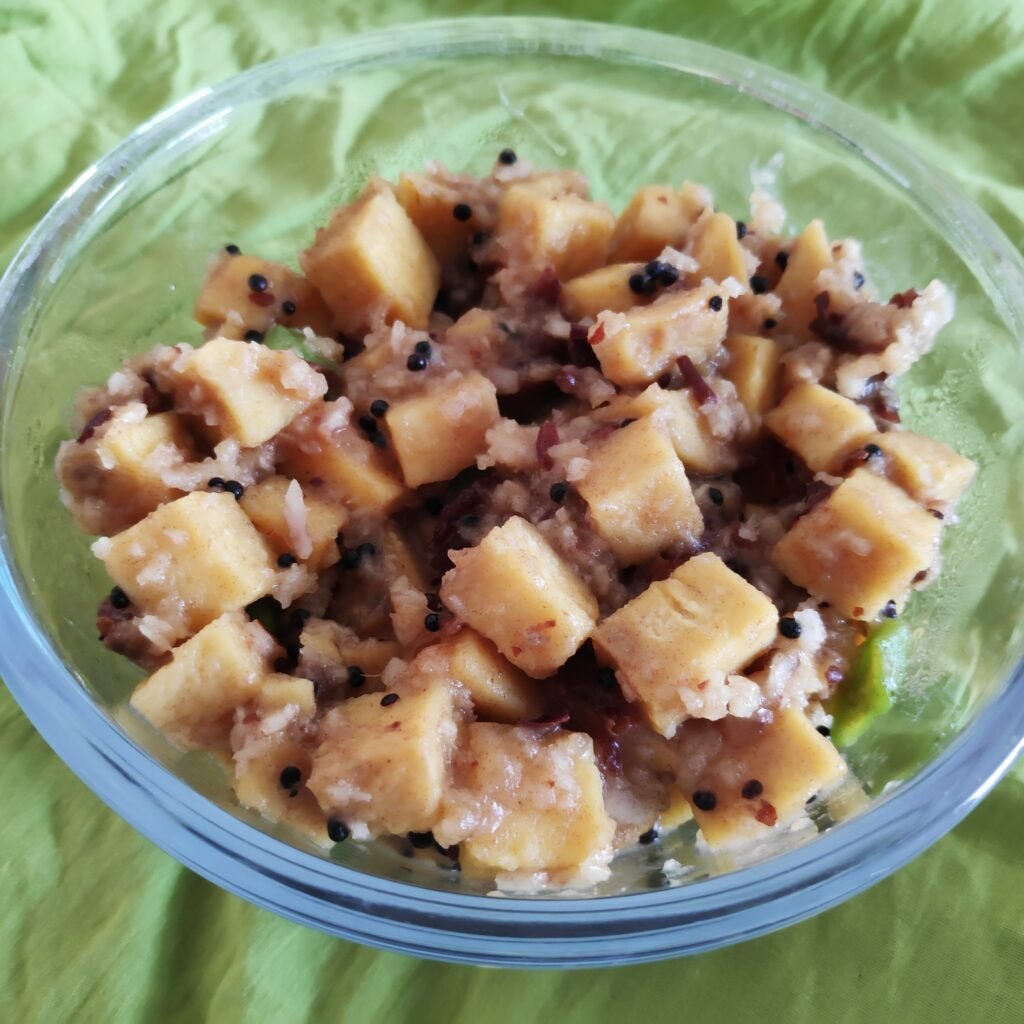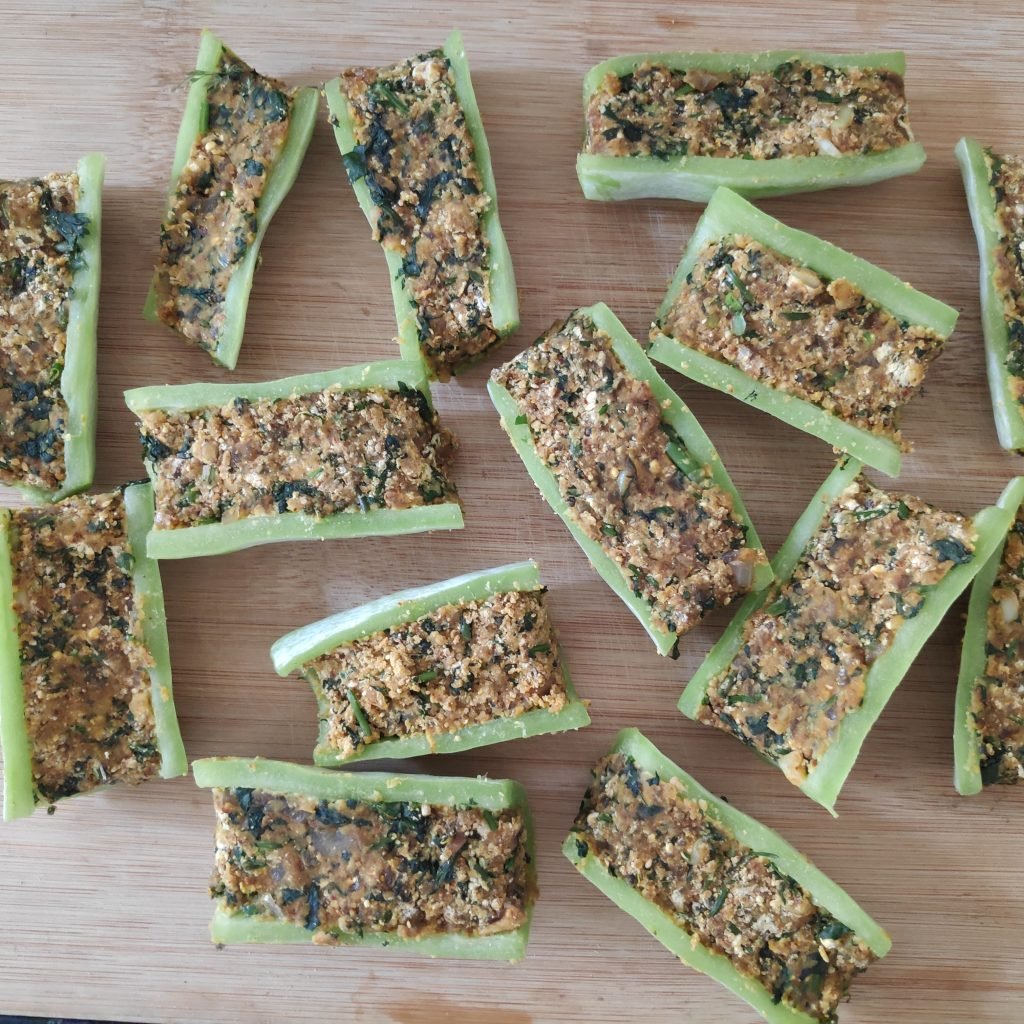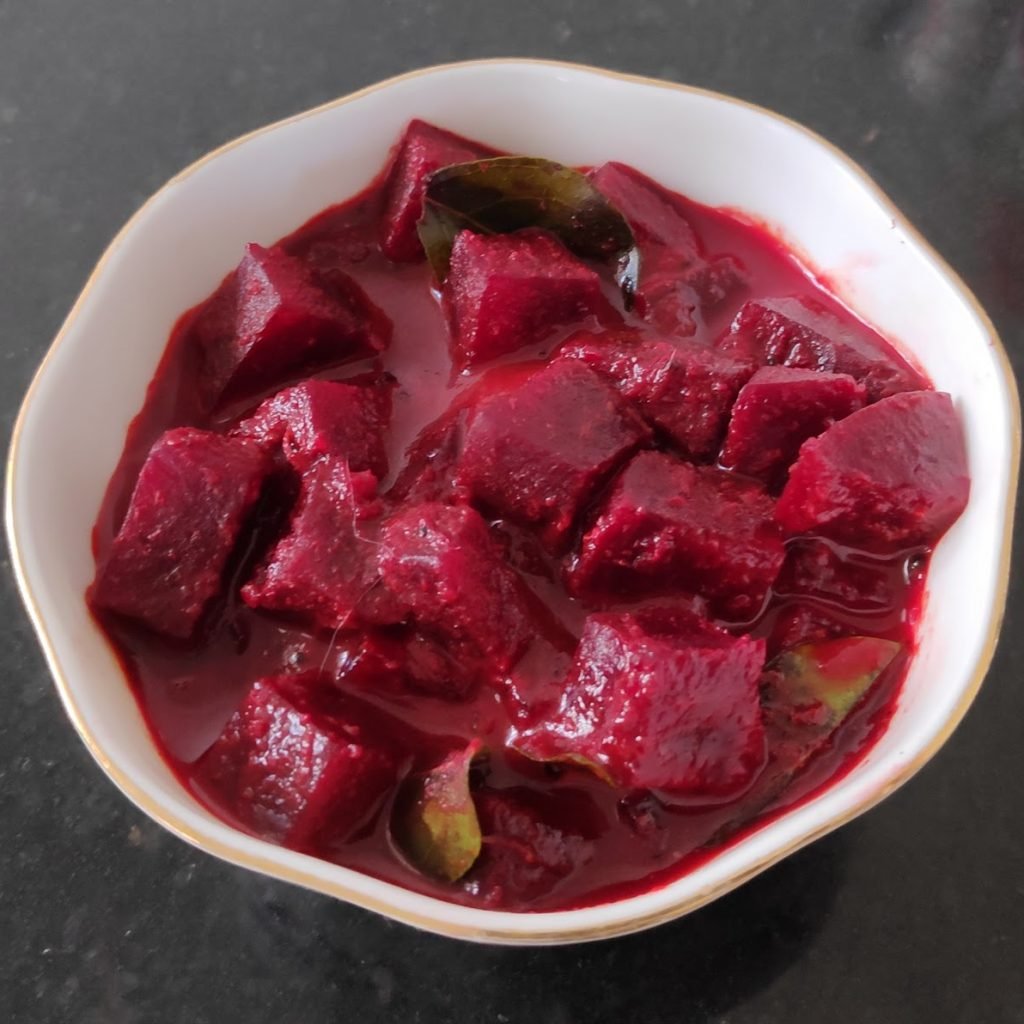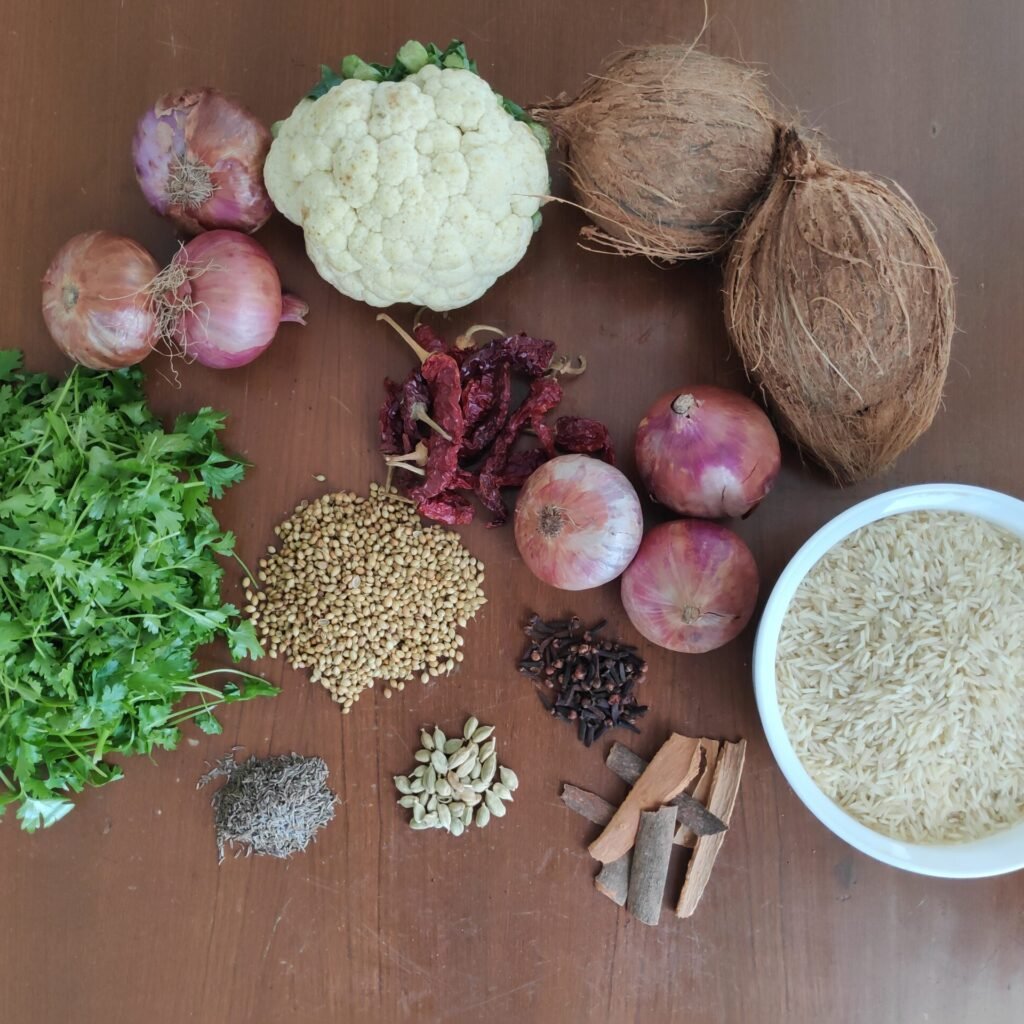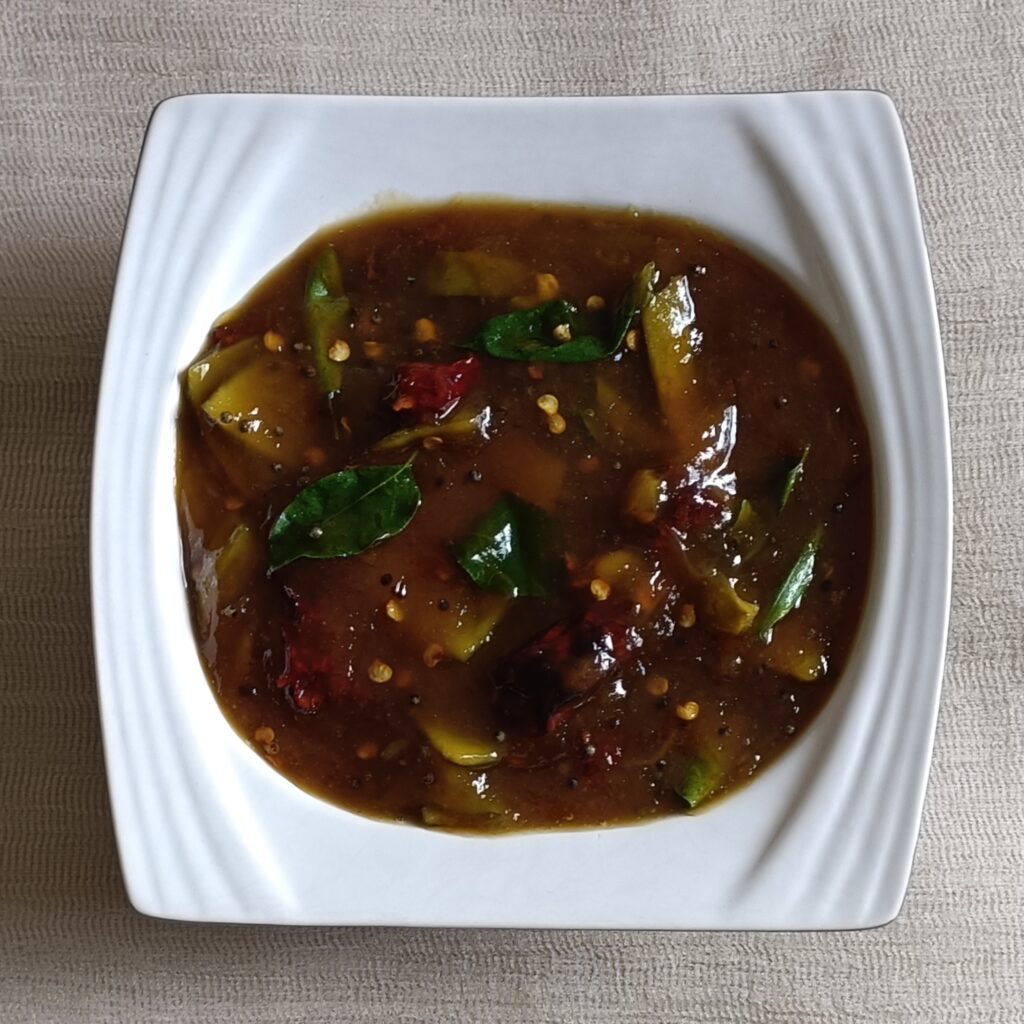
Sweet and Sour Raw Mango Pickle
Raw mangoes are not only yummy but have high fiber, zero cholesterol, and are nutrient rich. They stimulate our gastrointestinal tract to secrete various digestive enzymes and help reduce digestive problems, including acidity, indigestion, constipation, and morning sickness. They are rich in vitamins A, C, and E, which boost our immunity, improve gum issues, reduce the risk of blood disorders, and help fight many diseases by increasing white blood cells in our body. Raw mangoes contain magnesium and potassium, which enhance the healthy functioning of our heart and the antioxidant mangiferin in them may help reduce the risk of heart disease. Other antioxidants in them may help improve vision and eye health, reduce inflammation and decrease the risk of cancer. Green mangoes are also rich in nutrients that promote collagen synthesis which in turn improves skin health and stimulates hair growth and helps keep the scalp healthy.


